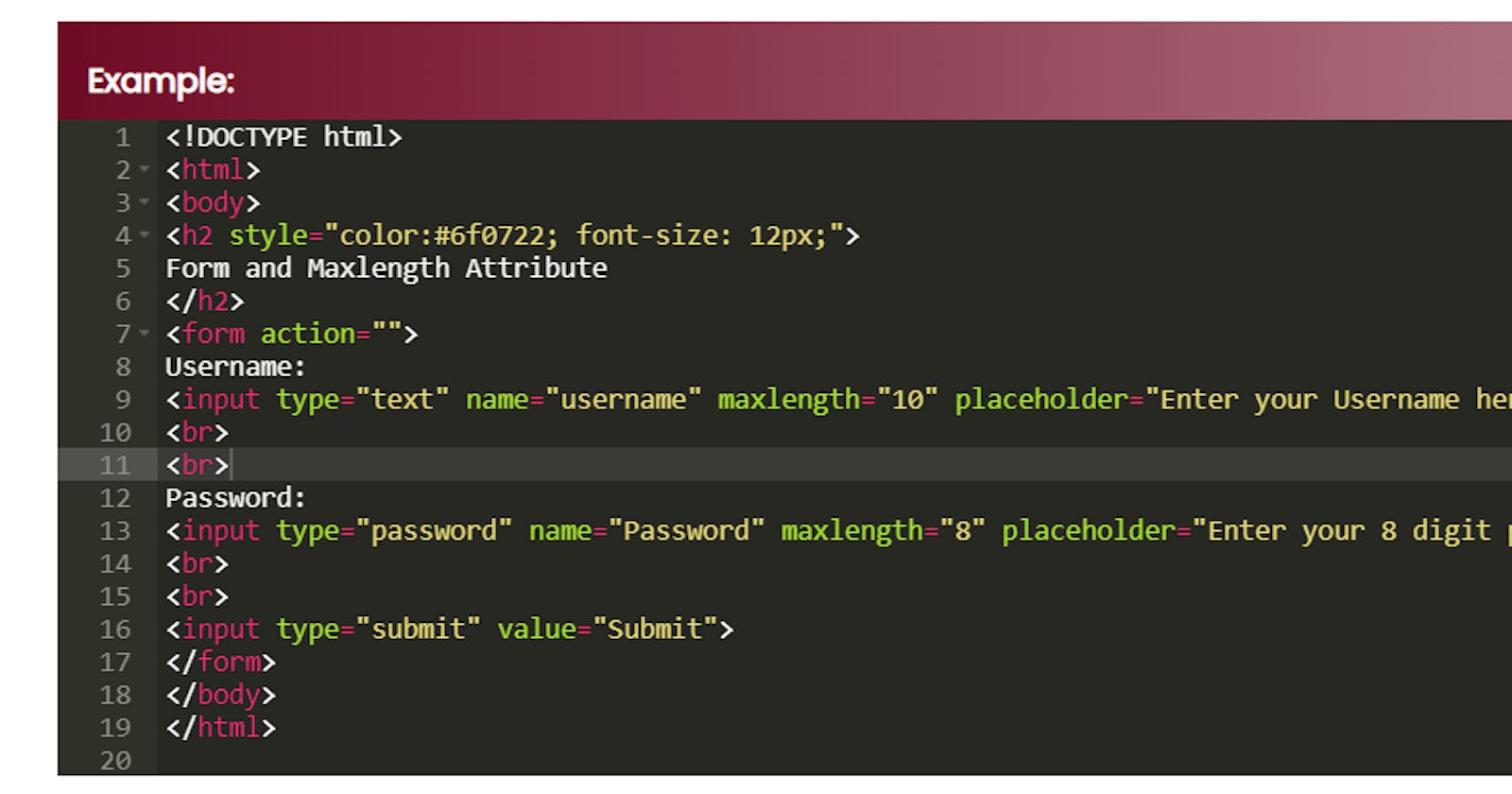At Mrexample, we pride ourselves on delivering high-quality content that not only educates but also helps you excel in the ever-evolving digital landscape.
In this comprehensive guide, we delve into the world of HTML attributes, providing you with in-depth knowledge and insights to outrank other websites. Whether you're a beginner or an experienced web developer, this article will equip you with the necessary tools to harness the power of HTML attributes effectively.
Introduction To HTML Attributes
HTML attributes play a vital role in web development, enabling you to enhance the functionality and appearance of your web pages. They provide additional information about HTML elements and define their behaviors, allowing you to create dynamic and interactive user experiences. Understanding how to use HTML attributes correctly can significantly impact your website's search rankings and overall performance.
The Role of HTML Attributes in SEO
Search engine optimization (SEO) is an integral part of any successful digital strategy. While numerous factors influence search rankings, the quality of your content, including the strategic use of HTML attributes, cannot be understated. By leveraging the power of HTML attributes effectively, you can optimize your website for search engines and improve its visibility in organic search results.
Commonly Used HTML Attributes
classAttribute
The class attribute is used to define one or more classes for an HTML element. It plays a crucial role in applying CSS styles and selecting elements for JavaScript interactions. By using descriptive and relevant class names, you can improve the clarity and maintainability of your code.
Example:
htmlCopy code<div class="container">
<!-- Content goes here -->
</div>
idAttribute
The id attribute provides a unique identifier for an HTML element. It is particularly useful when you need to target specific elements with CSS or JavaScript. Remember to use unique id values to ensure proper functionality and avoid conflicts.
Example:
htmlCopy code<h1 id="page-title">Welcome to Our Website</h1>
altAttribute
The alt attribute is primarily used with the <img> element to provide alternative text for screen readers and search engines. Including descriptive and keyword-rich alternative text not only improves accessibility but also helps search engines understand the content of your images.
Example:
htmlCopy code<img src="image.jpg" alt="A person working on a laptop in a modern office">
titleAttribute
The title attribute is used to provide additional information about an HTML element. It is commonly used for tooltips, displaying a brief description when a user hovers over the element. Including meaningful and relevant titles can enhance the user experience and increase engagement.
Example:
htmlCopy code<a href="https://example.com" title="Visit our website">Click here</a>
Advanced HTML Attributes
data-*Attributes
The data-* attributes allow you to store custom data within HTML elements. They are particularly useful when working with JavaScript frameworks and libraries, enabling you to attach additional information to elements without impacting their default functionality.
Example:
htmlCopy code<button data-action="add-to-cart" data-product-id="123">Add to Cart</button>
aria-*Attributes
The aria-* attributes are part of the Accessible Rich Internet Applications (ARIA) specification and are used to enhance web accessibility. They provide additional information for assistive technologies, making your website more inclusive and user-friendly for individuals with disabilities.
Example:
htmlCopy code<button aria-label="Close" aria-controls="modal">X</button>
Best Practices for Using HTML Attributes
To optimize your website's search rankings and provide an exceptional user experience, consider the following best practices when using HTML attributes:
Use Semantic Markup: Utilize appropriate HTML elements and attributes to ensure your code is well-structured and meaningful.
Be Descriptive: Choose descriptive class and ID names that accurately represent the content or purpose of the associated elements.
Keep It Concise: Avoid unnecessary or redundant attributes, as they can increase code complexity and hinder readability.
Prioritize Accessibility: Follow accessibility guidelines and use attributes like
altandaria-*to improve inclusivity.Optimize for Mobile: Ensure your website is mobile-friendly by utilizing responsive attributes like
srcsetandsizesfor images.
Conclusion
In this comprehensive guide, we have explored the world of HTML attributes and their significant role in web development and SEO. By implementing the best practices outlined here and using HTML attributes strategically, you can enhance your website's visibility, accessibility, and overall performance.
Remember, the key to success lies in consistently providing high-quality content and staying up-to-date with the latest web development trends and techniques.
Hoping that it would help the learners to quench their's learning thirst.

